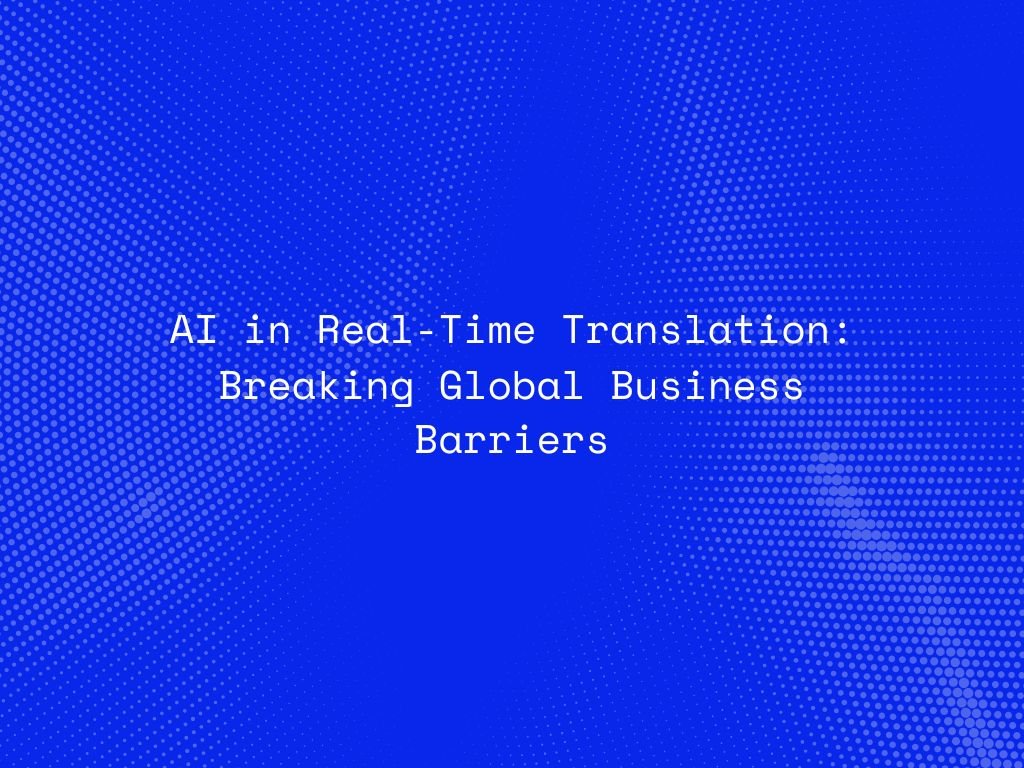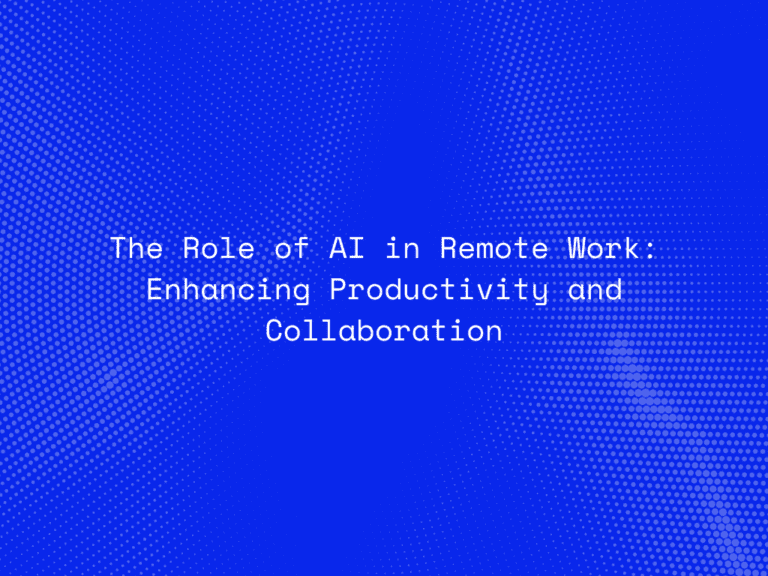Globalization has transformed the way businesses operate. Companies today interact with partners, clients, and employees across multiple countries and cultures. Yet, language remains one of the most persistent barriers to truly seamless global collaboration. Traditional translation services are often slow, costly, and unable to keep up with the pace of modern business.
Enter AI-powered real-time translation—a breakthrough technology that allows instant communication across languages. By combining natural language processing (NLP), speech recognition, and machine learning, AI translation tools are redefining how businesses connect with global audiences, enabling opportunities that were once unimaginable.
How AI Real-Time Translation Works
At the core of AI translation is the ability to understand, process, and generate human language. Modern systems use deep learning models trained on massive multilingual datasets. These systems:
-
Recognize Speech or Text – Using automatic speech recognition (ASR) for spoken input or NLP for written content.
-
Translate Contextually – Instead of word-for-word conversion, AI captures meaning, tone, and intent.
-
Generate Natural Output – Produces speech or text in the target language that feels natural and human-like.
Advancements in transformer-based models like GPT and multilingual AI frameworks have drastically improved translation accuracy and fluency, reducing errors common in older systems.
Applications of AI in Real-Time Translation for Business
1. Global Meetings and Collaboration
International companies use AI-powered translation tools in virtual meetings, enabling participants to speak in their native language while others receive real-time translations. This fosters inclusivity and reduces misunderstandings.
2. Customer Support and Experience
Businesses offering multilingual customer service leverage AI chatbots and voice assistants to communicate instantly in a customer’s preferred language, improving satisfaction and loyalty.
3. Cross-Border Negotiations
AI translation removes communication barriers during contract discussions and negotiations, ensuring clarity and reducing costly misinterpretations.
4. E-commerce Expansion
Online retailers can instantly translate product descriptions, reviews, and customer queries, making it easier to reach international buyers.
5. Training and Onboarding
Multinational organizations use AI translation for real-time training, enabling employees across different regions to learn together without language constraints.
Benefits of AI-Powered Real-Time Translation
-
Faster Communication: Instant translation enables real-time decision-making.
-
Cost Efficiency: Reduces reliance on human translators for routine interactions.
-
Accuracy at Scale: Learns from vast datasets, improving with continuous use.
-
Inclusivity: Breaks down language barriers, empowering diverse teams and customers.
-
Global Reach: Enables businesses to expand into new markets without language limitations.
Challenges and Limitations
While revolutionary, AI translation is not without challenges:
-
Contextual Accuracy: Idioms, cultural nuances, or industry jargon can still pose difficulties.
-
Privacy Concerns: Sensitive conversations may raise data security risks if processed through cloud-based AI systems.
-
Over-Reliance on AI: Critical legal or medical translations still require human oversight.
-
Accent and Dialect Variations: Speech recognition can struggle with strong accents or regional dialects.
Businesses adopting AI translation must balance automation with human expertise for best results.
The Future of AI Real-Time Translation
Looking ahead, real-time AI translation will continue to advance with:
-
Integration into AR/VR platforms for immersive multilingual interactions.
-
Edge AI translation on devices, enabling offline use while preserving data privacy.
-
Industry-specific translation engines trained on technical vocabulary in fields like law, medicine, and engineering.
-
Hyper-personalized translation that adapts to user preferences, tone, and style.
By 2030, seamless multilingual communication will likely be the norm, opening the door to a truly borderless global business environment.
Conclusion
AI-powered real-time translation is not just a technological achievement—it is a game-changer for global business. By breaking down language barriers, it enables faster decision-making, stronger partnerships, and greater inclusivity in international operations.
As organizations continue to expand globally, adopting AI-driven translation tools will be critical to staying competitive, connected, and culturally aware in a multilingual world.




